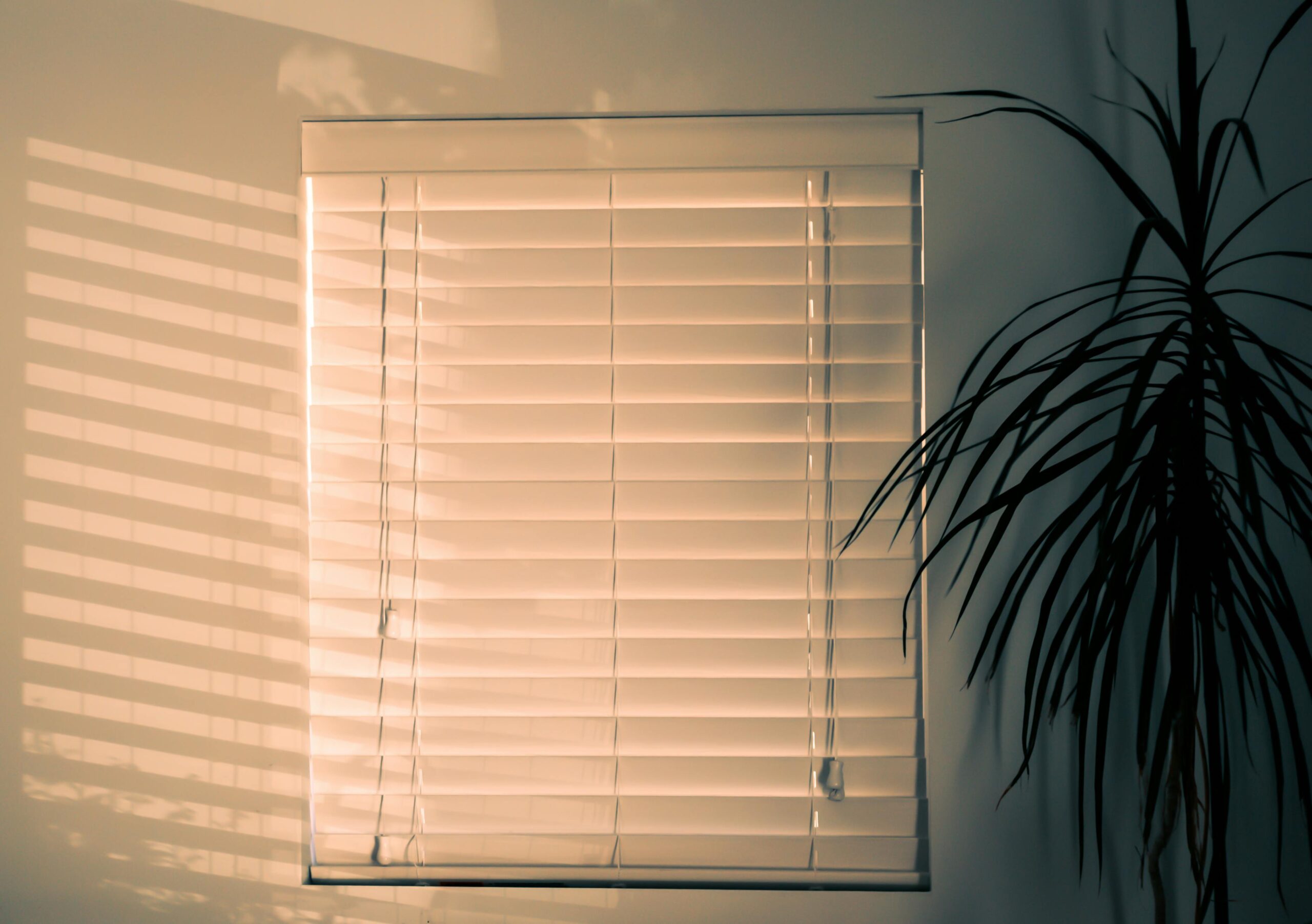Selecting the right window coverings for your home involves considering several vital factors impacting functionality and style. From the precise light control offered by blinds to the soft elegance of curtains and the versatile nature of shades, each window treatment option presents unique advantages and potential drawbacks. This guide examines how blinds, shades, and curtains compare across five essential criteria: light control, privacy, insulation, aesthetic appeal, and cost considerations. Understanding these differences will help you make informed decisions about the best window coverings for each room in your home.
Understanding Your Window Treatment Options
Before diving into comparisons, clarifying what distinguishes these three popular window treatment ideas is essential. Blinds consist of hard, rigid materials tilted to control light and privacy, commonly made from wood, vinyl, or aluminum. Shades are soft window coverings that raise and lower as a single piece of continuous material, available in numerous styles including roller, roman, and cellular designs. Curtains, sometimes used interchangeably with drapes (though drapes are typically heavier and more formal), are fabric panels that hang from rods and come in countless styles, fabrics, and lengths. Each of these window coverings serves the same fundamental purpose but differs significantly in operation, appearance, and performance.
Light Control Capabilities
When comparing blinds vs shades and curtains, light control varies substantially. Blinds offer the most precise light management since their slats can be tilted at various angles to direct sunlight exactly where you want it. This adjustability lets you maintain some natural light while reducing glare. Shades provide more graduated light control—when lowered, they block light based on the opacity of their material, from sheer to blackout. Many modern shade styles feature dual-layer designs that combine sheer and opaque sections for versatility. Curtains’ light-blocking abilities depend entirely on fabric thickness, with options ranging from gauzy sheers that diffuse light to heavy blackout curtains that eliminate it entirely. For bedrooms and media rooms where darkness might be preferred, blackout versions of any of these window treatments would be appropriate choices.
Privacy Considerations
Privacy needs often drive window treatment selection, especially in street-facing rooms. Blinds provide excellent privacy control through adjustable slats that block sightlines while allowing air and some light to flow through. However, small gaps between slats might still permit limited visibility when completely closed. Various shade types offer different privacy levels—cellular and roller shades with opaque fabrics provide complete privacy when lowered, while solar shades might protect from glare while maintaining outward visibility. Among curtain types, heavier fabrics naturally offer more privacy, though many homeowners layer sheer and opaque curtains for adjustability. As experts at AskHomey point out, combining window treatments can provide the ultimate solution for privacy and light control, such as pairing blinds with curtains for maximum flexibility.
Insulation and Energy Efficiency
Window treatments contribute significantly to home energy efficiency—an often overlooked benefit. Cellular (honeycomb) shades lead in insulation value, with their distinctive pockets trapping air to create a barrier against heat transfer. This design makes them among the best window coverings for energy savings in extreme climates. Insulated curtains with thermal backing also perform admirably, especially when installed close to windows with minimal gaps. Blinds generally offer the least insulation when used alone, though wood varieties provide better thermal protection than metal options. For maximum energy efficiency, combining treatments (like cellular shades with insulated curtains) creates a multi-layer barrier that significantly reduces heat loss in winter and heat gain in summer, potentially lowering energy bills year-round.
Aesthetic Appeal and Design Flexibility
Window treatments dramatically impact a room’s visual identity. Blinds offer a clean, structured look that complements modern and minimalist décor, with wood blinds adding warmth to traditional spaces. Shades present versatile design options—from the sophisticated folds of Roman shades to the clean lines of roller styles—and come in countless fabrics and patterns. Curtains provide perhaps the greatest design flexibility, transforming a space through color, texture, and movement. Their ability to frame views and soften architectural lines makes curtain types an interior designer’s favorite tool for adding personality to rooms. When selecting window coverings based on aesthetics, consider how they complement existing architectural features and whether you want them to blend in or serve as focal points within your design scheme.
Cost and Maintenance Considerations
Budget considerations inevitably influence window treatment selection. Generally, vinyl blinds represent the most economical entry point, while custom curtains in designer fabrics stand at the premium end of the spectrum. Mid-range options include stock curtains, roller shades, and better-quality blinds. Maintenance requirements also vary significantly—blinds require regular dusting and occasional deeper cleaning, which can be tedious with multiple slats. Most shade varieties simply need occasional vacuuming with a brush attachment. Curtains may require professional cleaning depending on fabric type, though many modern options are machine washable. When evaluating cost, consider the long-term investment—high-quality window treatments can last for many years when properly maintained, making their initial price more reasonable when amortized over their lifespan.
For more tips and to connect with reliable home service professionals, follow AskHomey on Facebook and Instagram.



